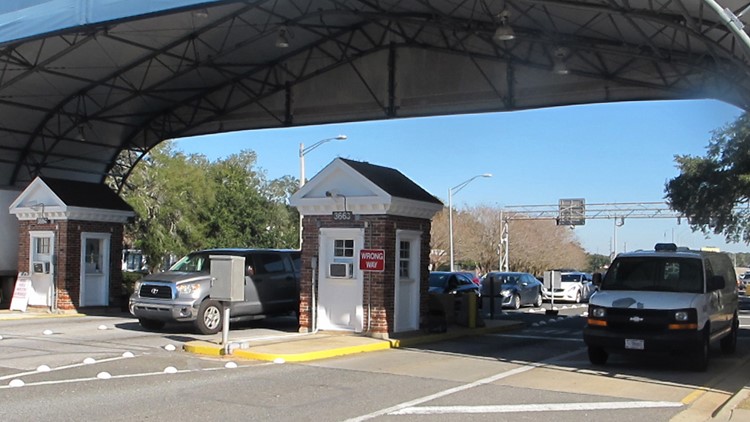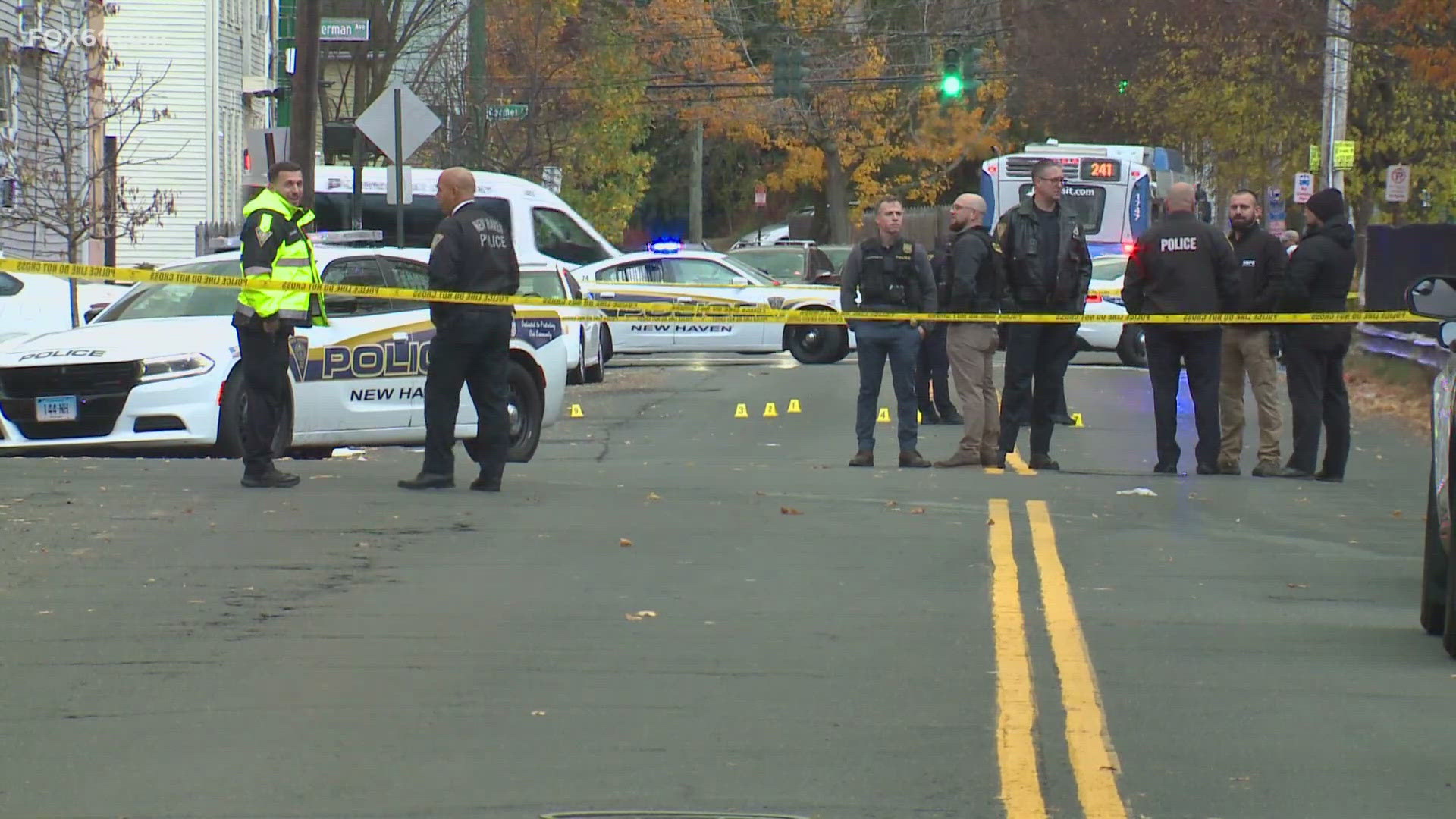WASHINGTON — The gunman in a deadly rampage late last year at a military base in Florida communicated with al-Qaida operatives about the attacks in the months leading up to it, U.S. officials said Monday as they laid out new details of a shooting that killed three American sailors.
The FBI learned of the contacts between Mohammed Saeed Alshamrani and operatives of al-Qaida after breaking the encryption on cellphones that had previously been locked and that the shooter, a Saudi Air Force officer, had tried to destroy before being killed by law enforcement.
“We now have a clearer understanding of Alshamrani's associations in the years, months and days leading up to his attack,” Attorney General William Barr said at a news conference in which he sharply chastised Apple for not providing help in unlocking the phones.
Once unlocked by the FBI, the phones revealed contact between Alshamrani and “dangerous" operatives from al-Qaida in the Arabian Pensinsula, or AQAP, and also showed how he had been radicalized overseas for at least the last five years, officials said. He also was meticulous in his planning, including saving a will on his phone that sought to explain himself — the same document AQAP later released in taking responsibility for the attack.
“It is certainly more than just inspired," FBI Director Chris Wray said of Alshamrani's contacts with al-Qaida. “We know, for example, that he was sharing plans and tactics with them. We know that he was coordinating with them and providing an opportunity for them to take credit for the attack.”
Alshamrani was killed by a sheriff’s deputy during the Dec. 6 rampage at a classroom building at Pensacola Naval Air Station. He had been undergoing flight training at Pensacola, where members of foreign militaries routinely receive instruction. In addition to the three sailors who died, eight other people were injured.
The Justice Department had previously asked Apple to help extract data from two iPhones that belonged to the gunman, including one that authorities say Alshamrani damaged with a bullet after being confronted by law enforcement. Wray said FBI agents were able to break the encryption without the help of Apple.
Law enforcement officials left no doubt that Alshamrani was motivated by jihadist ideology, saying he visited a New York City memorial to the attacks of Sept. 11, 2001, over the Thanksgiving holiday weekend and posted anti-American and anti-Israeli messages on social media just two hours before the shooting.
Separately, al-Qaida’s branch in Yemen, released a video claiming the attack. The branch, AQAP, has long been considered the global network’s most dangerous branch and has attempted to carry out attacks on the U.S. mainland.
In January, U.S. officials announced that they were sending home 21 Saudi military students after an investigation revealed that they had had jihadist or anti-American sentiments on social media pages or had “contact with child pornography."
Barr said at the time that Saudi Arabia had agreed to review the conduct of all 21 to see if they should face military discipline and to send back anyone the U.S. later determines should face charges.





